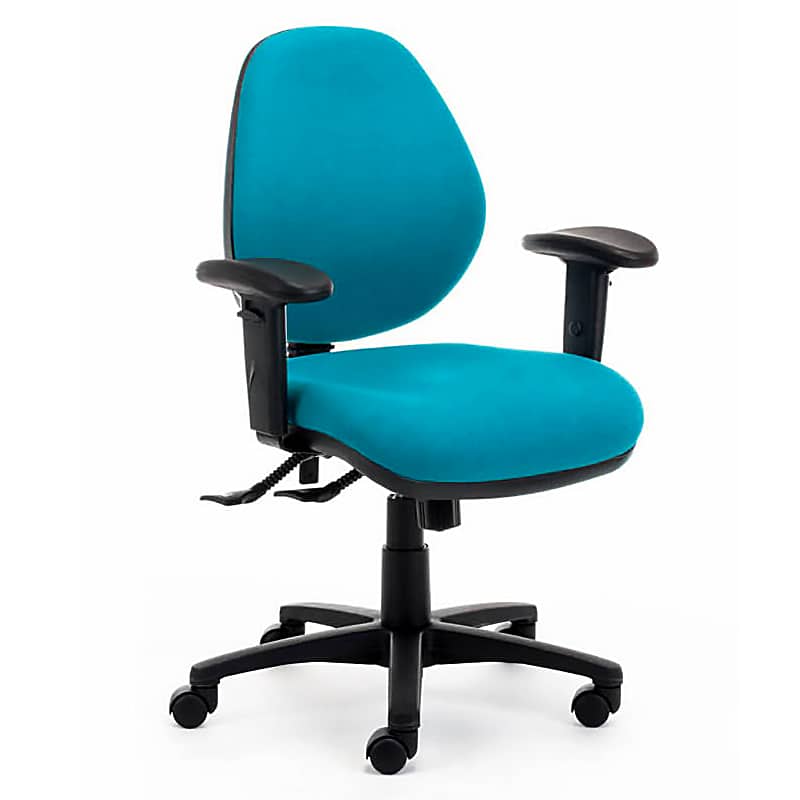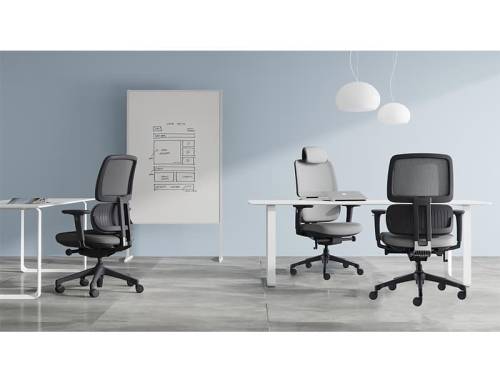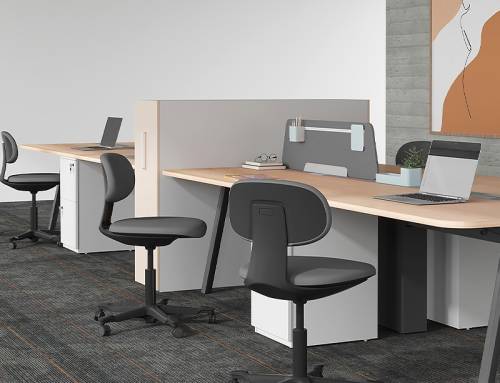Sitting too much can lead to a host of health issues and even death. So if you are looking to improve your long-term health, you can invest in an ergonomic office chair. Not only will it help reduce the negative effects of prolonged sitting, but it might even help increase productivity and boost employee morale.
Here are some key features to consider when purchasing one.
Adjustability
Adjustability is an essential feature of any office chair. Adjusting the chair allows you to find a comfortable fit for your body, especially if you suffer from back pain or other ailments. You can achieve this through many different mechanisms: seat height, seat depth, seat back angle, lumbar support, and more.
Some chairs offer greater adjustability than others, which may be reflected in their price tags. Still, all ergonomic office chairs should offer some flexibility so that they can be adjusted according to your preferences and needs.
Lumbar Support
Lumbar support is a feature that helps to maintain a healthy posture. It can be as simple as an additional cushion or part of the seat itself. Either way, finding a chair with lumbar support is important to avoid back pain and stiffness in your lower back.
Lumbar cushions are usually removable so that they can be used with or without a backrest (if you’re using it at work). If you don’t have access to an office chair with built-in lumbar support, consider purchasing one separately — they are not expensive.
Armrests
Another important feature to consider is whether or not the chair has adjustable armrests. Armrests can be a great addition to any chair, but they are especially useful if you plan on using your office chair for long periods or want to adjust them based on how tall or short your desk is.
You also want to ensure the armrests are pad and wide enough for your elbows. This will help prevent them from feeling sore after sitting at a desk all day. Ideally, this padding should be adjustable to accommodate different body types and sizes (for example, if someone has short legs).
Seat Depth
The seat depth is the distance between the backrest and your bottom. If it’s too short, you may be able to feel pressure on your legs or hips after sitting for a while. A good rule of thumb is that if you can’t rest both feet flat on the floor without bending them. It might be time to find a new chair with more legroom.
Also, you should consider the width of your seat when looking for an ergonomic office chair. This is particularly vital if you have wider hips or thighs than average, as this can cause circulation problems during long periods spent sitting in one place.
The best way to find the right ergonomic office chair for your needs is by doing research. Many brands are available on the market, and figuring out which will work best with your preferences and needs can be overwhelming. With this information, you can narrow down some options and get started on your search.








